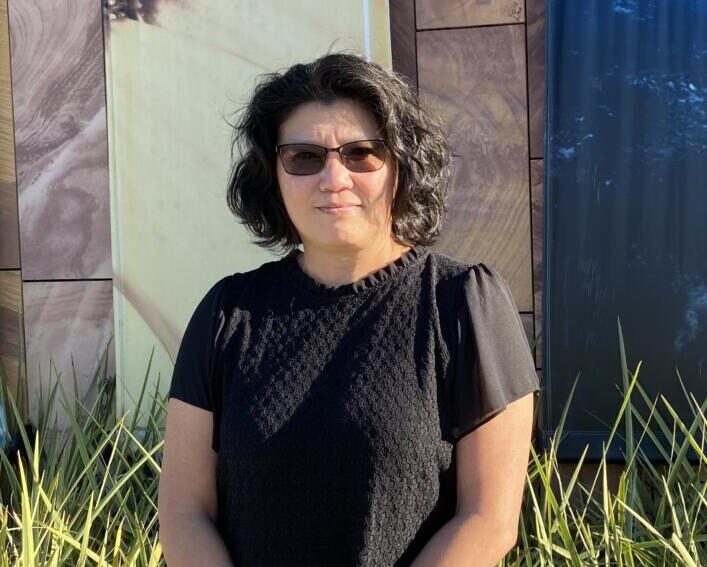In a unanimous decision on Jan. 3, the Palo Alto city council voted Lydia Kou to be Palo Alto’s vice mayor for the 2022-2023 term. Having raised her children in Palo Alto, Kou holds this city and its compassionate community in a special place in her heart. As vice mayor, Kou said she plans to reciprocate her love for the Palo Alto community by prioritizing the needs of residents and the natural environment. Here is what Kou had to say.
1. What is so special about Palo Alto?
Palo Alto is special to me because when my children were growing up in Palo Alto, many of my friends, who are now parents, watched out for each other. If my daughters or any of my friend’s kids needed anything, they’d step in to help out and I would do the same. The community felt really close and I could always depend on my friends.
2. What are your priorities for the coming year in Palo Alto in regards to students and families?
Right now, I think we need an honest examination to see how our youth are doing. So one of the items that I would like to introduce and see if council’s willing to take forward for this year is something called “Healthy Community.” The program involves delving into youth wellbeing, even adult wellbeing, just wellbeing all around and making sure people are having all the resources that they need. We [the city council] want to partner with Palo Alto Unified School Districts to plan assemblies where students can voice their opinions and experiences. Even adults are having trouble, so I can’t imagine how much struggle the youth go through.
3. Why is it important to protect the existing trees in Palo Alto?
It’s hard to quantify the value of trees. For people, it provides shade and is a pretty thing to look at. And then of course, there’s also the insects, squirrels, bees, and the birds that all rely on trees in their own way. However, when private property owners decide to expand their house or build new housing units, oftentimes trees are cut down in order to accommodate that. So when that happens, it means that we’ve just lost another mature tree. As of now, the majority of oak trees are protected by the tree ordinance and we’re looking into expanding the type of trees that need protection. We want to look at what other cities are doing and what kind of parameters they have in terms of their tree protection.
4. How do you plan on achieving a more diverse community of residents in Palo Alto?
Right now, there’s only one type of people, one type of wealth that is coming into this community and they’re buying up everything. It causes land values and housing values to appreciate very quickly. This means people who are wage workers, those who work in restaurants, those who work in our libraries, cannot afford to live here. Right now, my council colleagues are trying to focus on increasing some fees when developers want to develop here in Palo Alto. It [housing affordability] should be tailored towards people that compliment others in the community so that we can have a more diverse environment, where the wealthy live with the not so wealthy.
5. How do you plan on maintaining balance between the urban and rural aspects of Palo Alto?
When you talk about balance, you have to look at it internally: what do the people who live in Palo Alto need and want? You have a part of the city that caters to people traveling in from other cities because they want to do business here. For example, Stanford shopping mall is an attraction for many of us and for people from all over the bay area. As the business industry grows, it shouldn’t have to invade our neighborhoods, where it’s a family oriented place. Instead, we should focus all on localism, that it’s about who is living here and their quality of life.





